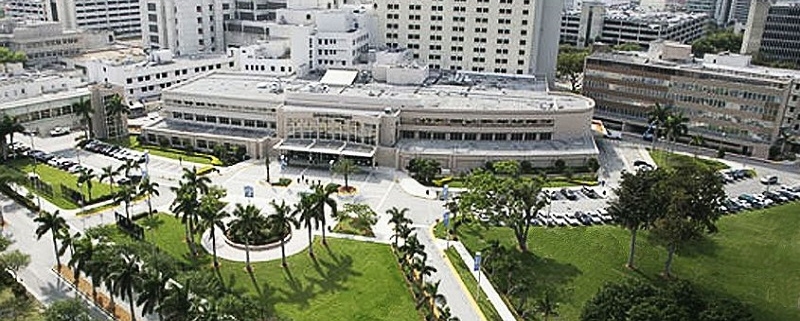Florida-Based Primary Care Provider Expands Into Fort Worth With Two Acquisitions
Florida-based Palm Medical Centers is expanding into Texas with the acquisition of two longstanding primary care practices in Fort Worth.
Through the deal, Texas Family Medicine, located at 6100 Harris Pkwy, and Fort Worth Primary Care, located at 800 8th Avenue Suite 626, will shift to the Palm Primary Care Texas brand. The clinics are expected to change names in September.
Terms of the transaction were not disclosed.
“I’m honored to be able to bring the Palm model to my hometown physicians of Fort Worth, where I’ve spent over 20 years of my career advocating for Medicare beneficiaries and partnering with local physicians,” Fowad Choudhry, CEO of Palm Medical Centers, said in a prepared statement.
Founded by Dr. Brian Byrd, Texas Family Medicine has been serving residents in Southwest Fort Worth since 2001. Fort Worth Primary Care is owned and led by Dr. Morvarid Rezaie, who has spent 15 years in the Fort Worth Medical District.
Combined, the two clinics offer four primary care physicians and four advanced practice providers on staff.
“The aging population in North Texas continues to increase at a blazingly rapid pace, and there is a need for additional high-quality physicians to provide our patients with a genuinely personalized patient experience,” Byrd said. “Fowad has been a friend to physicians in Fort Worth for over 20 years. I am pleased to work with him again to bring other independent doctors together to help improve patient experience throughout our community.”
Palm Medical Centers will also establish its Texas corporate office in Fort Worth as it expands into the state.
“While a location for the office has not been solidified, the provider is looking into Central Fort Worth,” said Dana Tarrant, VP of Operations for Palm’s Texas Market.
Founded in 2013, Palm Medical Centers offers primary care services through 32 locations across Florida. The provider plans to expand further across North Texas with openings scheduled through 2024.
Source: Dallas Business Journal




